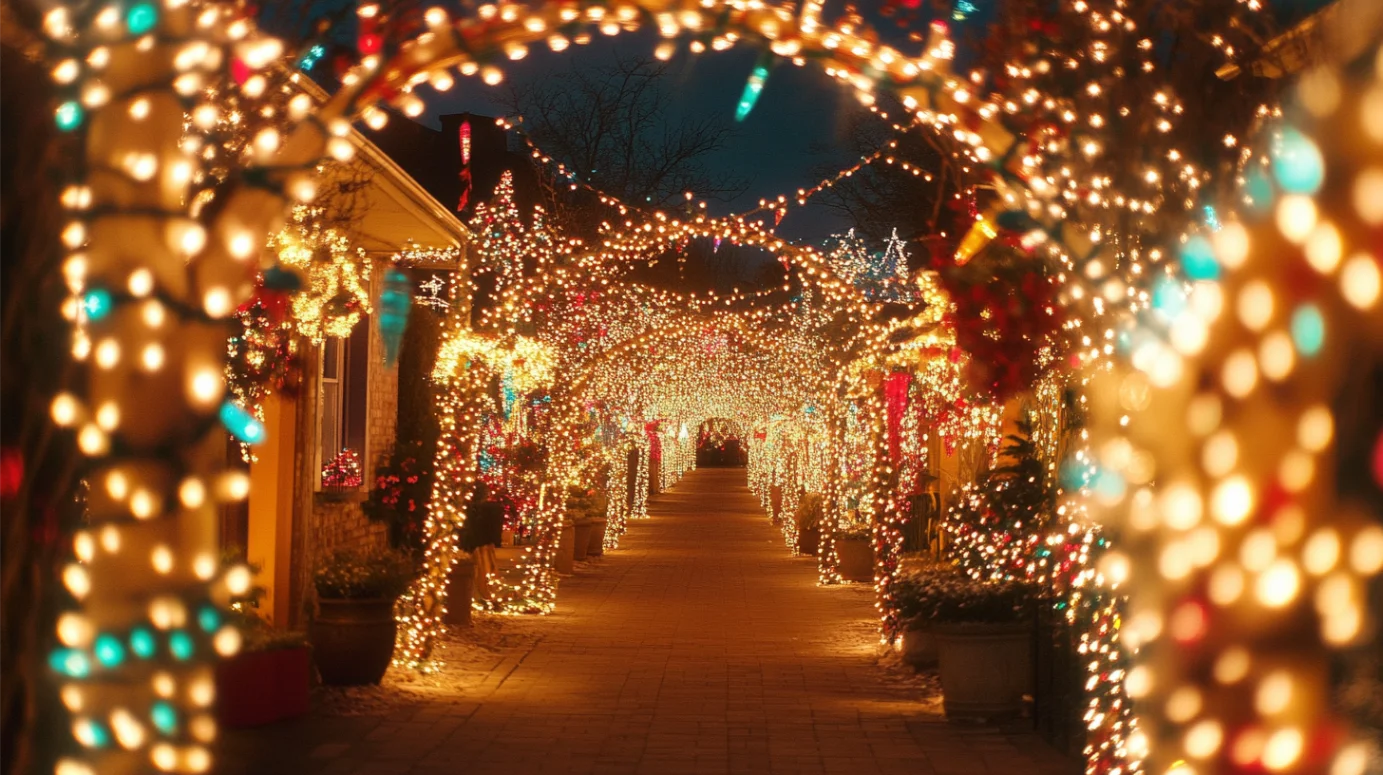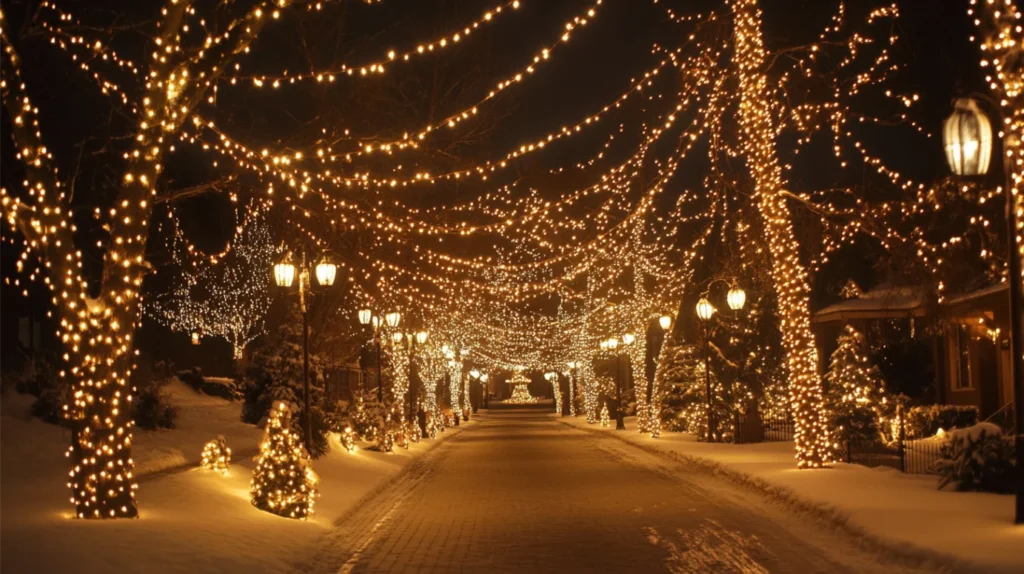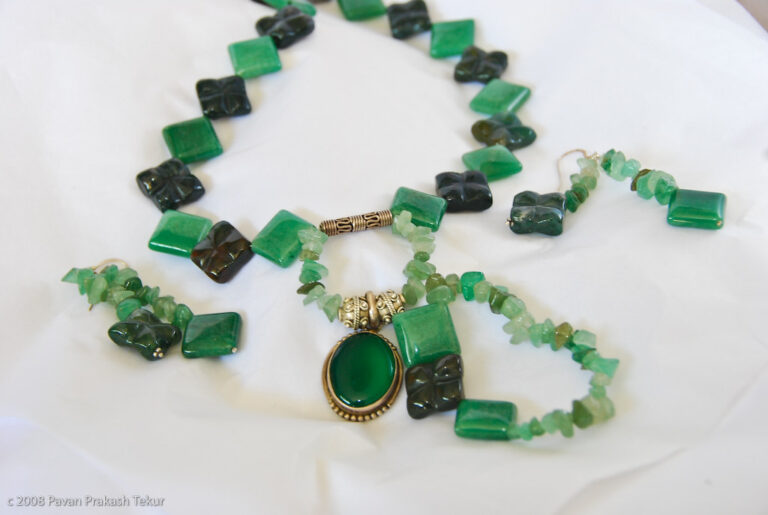
As the holiday season approaches, our neighborhoods come alive with twinkling Christmas lights. These colorful displays aren’t just festive decorations; they hold a deeper, spiritual meaning that resonates with people of various faiths and backgrounds. In this post, we’ll explore the rich symbolism and spiritual significance of Christmas lights, uncovering how these simple illuminations can brighten not just our homes, but our hearts and souls as well.
Have you ever paused to consider why we’re so drawn to these glowing ornaments? What is it about Christmas lights that captivates us year after year? As we delve into their spiritual meaning, we’ll discover how these twinkling beacons can serve as powerful reminders of hope, love, and inner light during the darkest days of winter.
Key Takeaways:
- Christmas lights symbolize hope and spiritual illumination
- They represent the victory of light over darkness
- These lights remind us of our inner divinity and connection to others
- Christmas lights have historical and cultural significance beyond Christianity
- They can be used as tools for meditation and spiritual reflection
The Origin and Evolution of Christmas Lights

The tradition of using lights during the winter season predates Christianity. Many ancient cultures celebrated the winter solstice with festivals of light, marking the gradual return of longer days. When Christianity spread, these customs were often incorporated into Christmas celebrations.
The use of candles on Christmas trees began in Germany in the 17th century. As technology advanced, electric lights replaced candles, making it safer and easier to keep homes aglow throughout the holiday season. Today, Christmas lights come in all shapes, sizes, and colors, from simple white strands to elaborate synchronized displays set to music.
The Spiritual Symbolism of Light
In many spiritual traditions, light represents divine presence, wisdom, and enlightenment. The spiritual meaning of Christmas lights draws on this universal symbolism. When we illuminate our homes and communities, we’re not just decorating – we’re creating sacred spaces that remind us of our connection to something greater than ourselves.
Think about how you feel when you see a beautifully lit Christmas tree or a home adorned with twinkling lights. Doesn’t it evoke a sense of wonder and joy? This emotional response hints at the deeper spiritual significance of these lights.
Christmas Lights as Beacons of Hope
One of the most powerful aspects of the spiritual meaning of Christmas lights is their representation of hope. In the Northern Hemisphere, Christmas falls near the winter solstice – the darkest time of the year. The lights we string up serve as beacons of hope, reminding us that even in our darkest moments, there is light to be found.
How can you use Christmas lights to cultivate hope in your own life? Perhaps you could start a tradition of lighting a candle or turning on a special light each evening, using it as a moment to reflect on the things that bring you hope and joy.
Illuminating Our Inner Light
The spiritual significance of Christmas lights extends beyond their outward glow. These lights can serve as reminders of our own inner light – the divine spark that many spiritual traditions believe resides within each of us. When we see the twinkling lights, we’re prompted to consider how we can let our own light shine more brightly in the world.
What would it look like to let your inner light shine more fully? How might you bring more brightness into the lives of those around you?
Christmas Lights and Community
There’s something magical about driving through a neighborhood filled with Christmas lights. This shared tradition creates a sense of community and connection, reflecting the spiritual ideal of unity. The lights remind us that we’re all part of something larger than ourselves, connected by our shared humanity and the universal longing for light in the darkness.
Christmas Lights in Different Spiritual Traditions

While Christmas lights are closely associated with Christian celebrations, their spiritual meaning resonates across various faiths and cultures. Here’s a table showing how different traditions incorporate light into their winter celebrations:
| Tradition | Festival | Use of Light |
|---|---|---|
| Christianity | Christmas | Christmas tree lights, candles |
| Judaism | Hanukkah | Menorah candles |
| Hinduism | Diwali | Oil lamps, fireworks |
| Buddhism | Bodhi Day | Candles, colored lights |
| Secular | Winter Solstice | Bonfires, candles |
This shared emphasis on light across cultures underscores the universal spiritual significance of illumination during the darkest time of the year.
Using Christmas Lights for Meditation and Reflection
The gentle glow of Christmas lights can create a perfect atmosphere for meditation and spiritual reflection. Their soft illumination can help calm the mind and open the heart, making space for deeper contemplation and connection with our inner selves.
Try this simple meditation: Sit comfortably in a room lit only by Christmas lights. Take a few deep breaths, allowing your eyes to soften as you gaze at the lights. Reflect on the spiritual meaning of the lights – hope, inner divinity, community. How do these concepts resonate with you? What insights or feelings arise as you sit in this gentle glow?
The Environmental Aspect of Christmas Lights
As we consider the spiritual significance of Christmas lights, it’s important to also think about their environmental impact. Many people are now choosing LED lights, which use less energy and last longer than traditional incandescent bulbs. This shift reflects a growing awareness of our responsibility to care for the Earth – a value that aligns with many spiritual teachings.
How might we balance our love for Christmas lights with our duty to be good stewards of the planet? Could choosing more energy-efficient options or limiting the hours we keep our lights on be a way of honoring both traditions?
Christmas Lights and Personal Growth
The tradition of putting up Christmas lights can be seen as a metaphor for personal growth and spiritual development. Just as we carefully untangle strands of lights and check for burnt-out bulbs, we can use this season as a time to examine our lives, identify areas that need attention, and renew our commitment to personal growth.
What parts of your life could use some illumination? Are there any “burnt-out bulbs” – habits or beliefs that no longer serve you – that need replacing?
The Joy of Giving Light
One of the beautiful aspects of Christmas lights is that they’re a gift we give not just to ourselves, but to everyone who sees them. This reflects the spiritual principle of generosity and the joy that comes from brightening others’ lives. When we put up lights, we’re contributing to the collective light of our community.
How else might you spread light in your community this season? Could you volunteer, reach out to a lonely neighbor, or perform random acts of kindness?
Christmas Lights and Mindfulness
The process of decorating with Christmas lights can be a mindfulness practice in itself. As you carefully hang each strand, you’re fully present in the moment, focused on creating beauty. This mindful approach can help us appreciate the spiritual meaning of the lights more deeply.
Next time you’re putting up lights, try to approach it as a mindful activity. Notice the texture of the lights, the colors, the way they feel in your hands. How does this change your experience of the task?
Conclusion: Carrying the Light Forward
As we wrap up our exploration of the spiritual meaning of Christmas lights, let’s consider how we can carry their symbolism with us beyond the holiday season. These twinkling lights remind us of the light within ourselves and others, the hope that persists even in dark times, and our connection to something greater than ourselves.
How will you keep the spirit of Christmas lights alive in your heart throughout the year? Remember, just like those tiny bulbs that come together to create a dazzling display, each of us has the power to contribute our own unique light to the world. Let’s make it shine bright!





